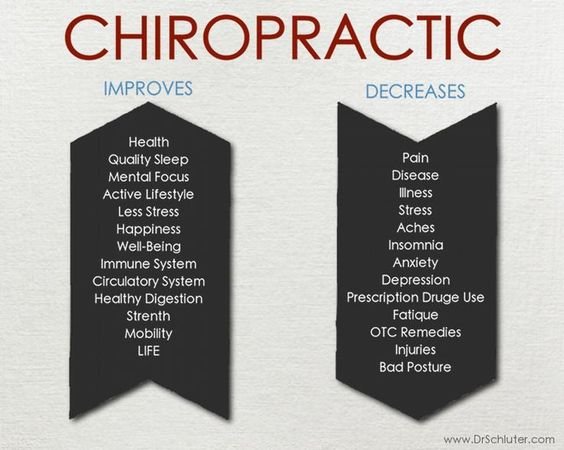The Impact Of Posture On Pain In The Back: Guidelines For Keeping Good Placement Throughout Your Day-To-Day Regular
The Impact Of Posture On Pain In The Back: Guidelines For Keeping Good Placement Throughout Your Day-To-Day Regular
Blog Article
Posted By-House Mcgowan
Keeping proper pose isn't nearly staying up directly; it's about aligning your body in a way that sustains your spinal column and decreases the threat of pain in the back. The means you sit, stand, and move throughout the day can substantially influence your spinal wellness. Yet how specifically can you make certain good positioning consistently, even during hectic days full of different activities? Allow's dig deeper into the refined yet impactful adjustments you can make to your everyday routine to keep your back satisfied and healthy.
Relevance of Appropriate Stance
Appropriate pose is critical in maintaining a healthy and balanced back and protecting against pain. When you rest or stand with excellent pose, your back remains in positioning, decreasing pressure on your muscle mass, tendons, and joints. This placement enables the body to disperse weight uniformly, protecting against too much stress and anxiety on particular locations that can bring about discomfort and discomfort. By maintaining your spine appropriately straightened, you can likewise improve your breathing and digestion, as slouching can press body organs and limit their capability.
Additionally, maintaining good posture can boost your overall look and self-esteem. When you stand tall with your shoulders back and head held high, you radiate confidence and appear more approachable. Good pose can likewise make you feel extra energized and sharp, as it promotes proper blood circulation and allows your muscles to work successfully.
Integrating correct posture right into your daily routine, whether resting at a desk, walking, or working out, is vital for avoiding pain in the back and advertising general well-being. Remember, a little change in exactly how you hold on your own can make a substantial difference in how you feel and work throughout the day.
Common Postural Mistakes
When it involves preserving great pose, many individuals unknowingly make usual errors that can contribute to pain in the back and discomfort. One of the most common mistakes is slumping over or stooping over while resting or standing. This placement puts excessive strain on the back and can lead to muscle imbalances and pain in the future.
Another common mistake is overarching the reduced back, which can flatten the natural curve of the spinal column and trigger discomfort. Additionally, crossing legs while resting may feel comfortable, yet it can create an imbalance in the hips and hips, bring about postural issues.
Utilizing a cushion that's too soft or as well firm while resting can additionally influence your alignment and add to back pain. Last but not least, regularly craning your neck to consider screens or adjusting your setting frequently can stress the neck and shoulders. Bearing in mind these common postural blunders can help you keep far better positioning and lower the danger of back pain.
Tips for Correcting Placement
To boost your alignment and decrease back pain, it's important to focus on making small modifications throughout your daily routine. Begin by being mindful of your pose. When sitting, ensure your feet are flat on the flooring, your back is straight, and your shoulders are kicked back. Stay clear of slouching or leaning to one side. Use ergonomic chairs or pillows to support your reduced back.
When standing, disperse your weight equally on both feet, keep your knees somewhat curved, and tuck in your hips. Involve your core muscular tissues to sustain your back. Take breaks to extend and walk if you have a less active task. Integrate workouts that reinforce your core and back muscle mass, such as slabs or bridges.
While sleeping, utilize a pillow that sustains the natural curve of your neck to keep appropriate back alignment. Stay clear of sleeping on your stomach, as it can strain your neck and back. By being pain in the lower back of these suggestions and making small modifications, you can slowly correct your positioning and reduce back pain.
Final thought
Bear in mind, maintaining excellent pose is essential to avoid pain in the back and promoting back wellness. By being mindful of your alignment, dispersing weight equally, and involving your core muscles, you can lower pressure on your back and minimize the threat of discomfort and injury. Incorporate ergonomic support, take regular breaks to extend, and strengthen your core and back muscle mass to preserve correct alignment throughout the day. Your back will certainly thank you for it!
